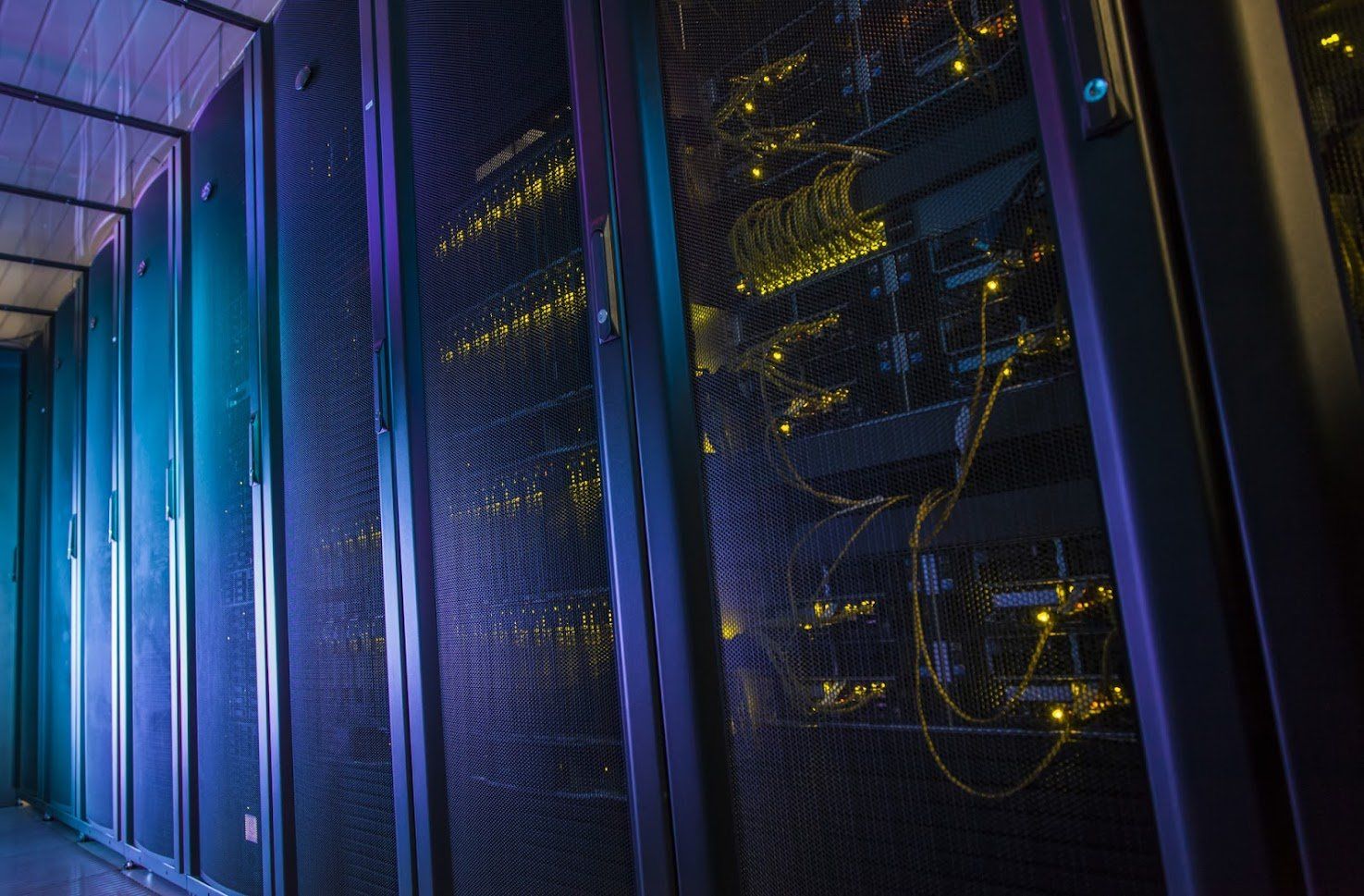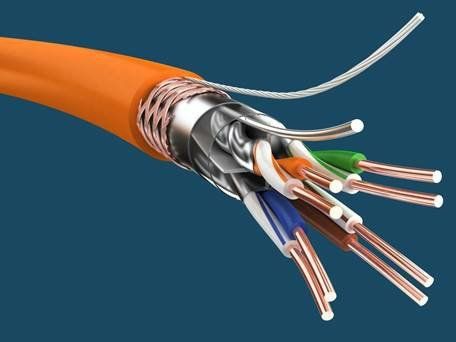- Large range of quality products
- Over 20 years of experience
- Reliable and friendly staff
4 Benefits of Using Fibre Optic Rather Than Copper Network Cables
4 Benefits of Using Fibre Optic Rather Than Copper Network Cables
The right cables make the difference between an efficient and an inefficient data network. While copper cables work well in some scenarios, fibre optic cabling has additional advantages which could help you build a more effective network. What are they?
1. Improved performance
An efficient network delivers the data you need when you need it. The cabling you use here has to be able to manage different variables, including data transmission, bandwidth, speed and potential interference problems. Copper cables don't always perform well enough to deliver a robust and responsive solution.
For example, copper cables don't necessarily have enough bandwidth to reliably transmit as much data as a busy network needs. This cabling also tends to work relatively slowly. Even if it can handle its data loads, it might not deliver data to its network quickly enough.
Plus, copper cables sometimes struggle with signals. If they lose signals or pick up unwanted external ones, then you might not get consistent connectivity. Your network connections might dip in and out. Or, external interference could affect data coming into your network.
However, if you use fibre optic cables, then your network gets more robust and effective support. These cables have larger bandwidth capabilities—they can handle more data. Their light-transmitting structure also enables them to transmit at higher speeds.
Plus, fibre optic cables are less likely to suffer from signal loss or interference. They deliver more data more reliably. Even if these cables are exposed to external electrical noise, they are better able to do their jobs without affecting your network's performance.
2. Longer distance coverage
Copper cables work well over short distances; however, they lose some of their transmission efficiency over longer ones. Their waveform gets weaker, and they experience some signal loss. This affects a cable's ability to carry strong signals through its entire length. You might need to add boosters to improve your system's transmission performance.
Fibre optic cables work better over longer distances. Their light strands don't suffer from signal loss in the same way as copper cabling. So, you aren't likely to need to add boosters to your system to compensate for longer distances.
3. Stronger security
The type of cables you use in your network can affect its security. For example, copper cables can be breached. You can tap copper with an antenna to access its connection and data. You might not know when this happens.
Fibre optics are a lot harder to tap unobtrusively. These cables don't transmit electrical signals, so they are resistant to antenna breaches. If someone does manage to access your cabling, then you generally get an early warning of the problem. Breaches usually make cables leak light which immediately affects your network's performance.
4. Better environmental resilience
The immediate environment around network cables can sometimes affect them. For example, copper cables might develop problems if they have exposure to too much moisture or temperature fluctuations. You can't usually submerge this kind of cabling in water. Plus, if a copper cable is exposed to sparks, then it could catch fire.
You can add shielding to copper cabling to give it extra protection against environmental conditions and fire hazards. However, this shielding might not last forever. Over time, it could degrade, break or get damaged.
Fibre optic cables cope better in difficult environmental conditions. They are more resistant to weather, water and temperature problems. They don't conduct electricity, so sparks don’t affect them, and these cables are a lower fire risk. These cables might not need any additional shielding, so you won't have to worry about how they perform over the years.
For more advice on fibre optic cables and the right products to choose for your network, contact Cable Source Pty Ltd.
Head Office
A: Unit 5/5 Hudson Ave Castle Hill NSW 2154
P:
02 9680 8419
F: 02 9680 8409
HOURS
- Monday
- -
- Tuesday
- -
- Wednesday
- -
- Thursday
- -
- Friday
- -
- Saturday
- Closed
- Sunday
- Closed


